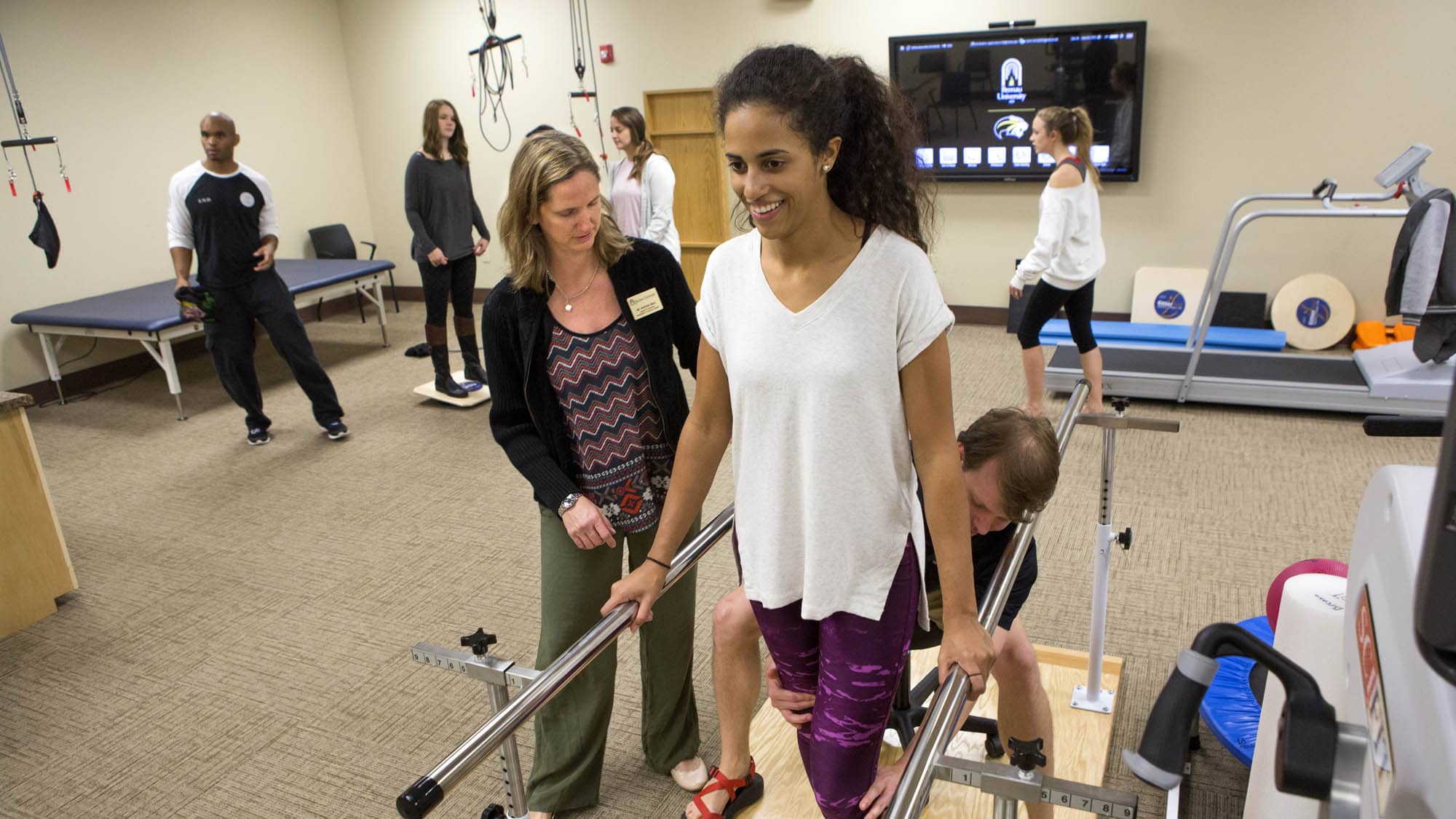Improving Performance and Minimizing Injury Threat through Thorough Assessment of Equilibrium and Stability through Functional Mobility Assessment.
Improving Performance and Minimizing Injury Threat through Thorough Assessment of Equilibrium and Stability through Functional Mobility Assessment.
Blog Article
Equilibrium and stability are essential elements of bodily fitness and overall health. They play a vital role in daily activities, sports performance, and injury avoidance. When an person has good balance and stability, they are less likely to fall or sustain injuries during bodily exercises. One efficient way to evaluate these attributes is through Functional Motion Assessment (FMS). FMS is a method used to analyze motion styles and identify imbalances or weaknesses that could lead to injuries.
Functional Movement Screening involves a series of specific tests that assess how effectively a individual functions. The tests concentrate on basic actions such as squat, lunging, and bending. By observing these movements, trainers and healthcare professionals can determine areas where an individual may struggle. For instance, if someone has difficulty keeping equilibrium while executing a squatting, it may suggest a need for specific workouts to enhance power and control. This evaluation not only identifies deficiencies but also helps to monitor progress over important site time.
In addition to identifying areas for enhancement, FMS serves a crucial part in avoiding harm. Many injuries occur as a result of poor movement patterns, which can be identified through practical assessments. By addressing these issues early on, people can reduce their risk of injury during athletic or other bodily exercises. For instance, a runner who demonstrates an imbalance click here to find out more in their stride may be increasingly prone to knee injuries. By adjusting these discrepancies through targeted training programs, the likelihood of injury can be significantly reduced.
Additionally, improving performance is another benefit of conducting a comprehensive assessment of equilibrium and steadiness. Athletes and engaged persons often aim to improve their performance in specific activities or exercises. A thorough understanding of their movement patterns allows coaches to develop personalized exercise programs that focus on specific weaknesses. By improving equilibrium and steadiness, athletes can enhance their total capability, whether it’s running faster, jumping taller, or performing exact actions in their sport.
In conclusion, the importance of evaluating equilibrium and stability through Functional Motion Screening cannot be overstated. This comprehensive assessment serves as a basis for enhancing physical fitness, avoiding harm, and enhancing athletic capability. By recognizing areas of weakness and putting into action targeted exercise strategies, people can achieve better outcomes in their bodily exercises. Emphasizing equilibrium and steadiness not only leads to improved capability but also adds to a healthier, increasingly energetic lifestyle.